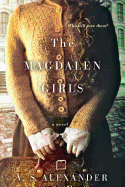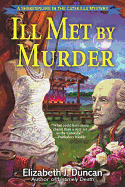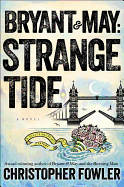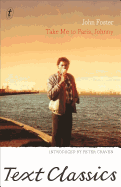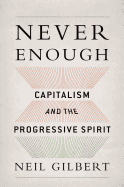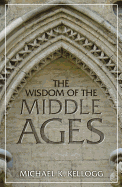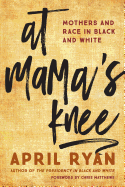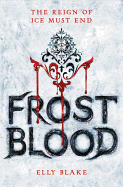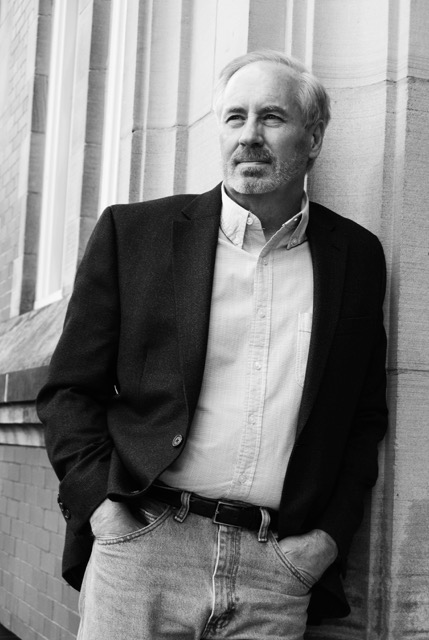 |
| photo: Maddison Hodge |
Randall Silvis has published 10 novels, one nonfiction book and one story collection, as well as numerous essays, articles, short stories and poems published in online and print magazines. He's also a writing teacher. His crime novel Two Days Gone will be published by Sourcebooks Landmark in January 2017.
How much of Thomas Huston's (bestselling author and murder suspect) writing process is similar to your own? Do you do extensive research and write first drafts in longhand?
It's probably fair to say that I patterned all of Huston's writing process after my own. It's the only way I know how to write. And, yes, when necessary, I do extensive research, but just enough at first to feel confident I can start writing with some authority. Inevitably I run into issues along the way for which I have to gather more information.
I like to get my research from people in the know rather than from a disembodied source on the Internet. For police procedural matters, I checked with two friends who are special agents for the FBI, plus another friend whose father was a municipal policeman and whose brother-in-law is a state policeman. Once I even walked up to two sheriff's department deputies at a gas station and asked them a few questions. (I first had to suppress my teenage tendency to run from the police.)
I used to write all of my first drafts longhand. But as my handwriting has deteriorated to scribbles that even I sometimes can't decipher, now I usually write longhand only for my preliminary notes. During the several months it takes to write a draft, I also carry a notebook in my motorcycle saddlebag and in the car, so that I can write down ideas whenever they come to me.
What's the most extraordinary thing you've done in the name of research?
Everything is research. No matter what activity I am engaged in, another part of me is standing off to the side, watching, listening, analyzing the situation for its story potential.
But you asked for the most extraordinary thing. If I interpret "extraordinary" to mean "stupid," then [it] was to put a small airplane into a spiraling nosedive. I was taking flying lessons in a Piper Tomahawk trainer, an aircraft reputed to be unspinnable. While my instructor busied himself with jotting notes into the logbook, I spotted a massive black thunderhead moving in from the west.
As a fan of summer thunderstorms, I wondered what a thunderhead looked like from the inside, and made a slow turn toward it. Soon all the lights went out, and the small plane began to rattle and whine. Within seconds it was seized by some invisible force, given a twist, and hurled at the ground. We went corkscrewing down toward the earth. I lifted my hands off the controls and shouted to my astonished instructor, "It's all yours!" Eventually he brought us down safely, but was too angry to say another word to me.
Life provides most of the research a writer needs. The rest are just details.
Edgar Allan Poe figures prominently in your work. Why does his writing captivate you?
As a boy, lonely and sensitive and feeling like an alien even within my own family, I loved the darkness and sense of isolation in Poe's poems and stories. Eventually I outgrew that love of darkness.
But after my sixth book, my agent suggested I write a historical mystery featuring a prominent writer. I thought, I would love to probe Poe's psyche! I spent three or four months familiarizing myself with Poe, his family, his contemporaries, and New York City in 1840, and developed a strong sense of who Poe was. To me he was a sensitive, ambitious man who adored his family, but often found himself the subject of criticism for indulging his "imp of perversity," which caused him to say the wrong thing at the wrong time. The socially awkward boy in me felt, and still feels, a real kinship with that man.
Poe was also a man who struggled his entire life to find respect and success as a writer, and to understand human nature, nature's nature, science, and all of what we call reality. That, too, has always resonated with me.
In Two Days Gone, whose voice--Huston's or DeMarco's--did you prefer writing?
I didn't discover my writing ambition until I was 21. Before that I was a business major. So I have both an analytical side and a creative side. Huston's creativity was in some ways more interesting to me, since the creative side now prevails in my life. But I also enjoyed working through DeMarco's analytical thought processes.
In the second DeMarco mystery, I'm bringing in a lot of his backstory and rediscovering him. Turns out DeMarco had a lonely, isolated childhood, too, and that the persona he presents to the public, especially in the course of police work, hides a whole different person underneath.
That sense of discovery is important to me. I've resisted writing a series character in the past because character development has always been more important to me than plot. DeMarco, though, has plenty of room for growth, and I'm looking forward to walking through it with him in a second and maybe even third novel.
When a case gets really complicated, DeMarco likes to stare at his notes, hoping some clues would jump out at him and give him clarity. Ever do the same when you get stuck and don't know how to resolve a plot point?
Staring doesn't work for me. And I never encourage that tactic for my students. I think through the difficulties by writing, laying out all the possible options for action. If that doesn't work, I jog. I ride my motorcycle. I mow the yard. I make love.
I've found that any meditative activity that takes me out of myself temporarily opens up a window to the subconscious and lets solutions rise into the conscious mind.
Only after a personal tragedy does Huston write his breakthrough book, which becomes a bestseller. Where do you stand on the notion that creative people must be miserable in order to create great art?
First of all, I think being miserable is commonplace for almost everyone. Even those who on the surface appear blessed by good fortune and a perfect life have some dark currents and shadows beneath the surface of their lives.
The degree of one's sensitivity to life seems to be more of a determining factor. There are individuals who plod along contentedly without being too damaged by the blows life deals out. They have no real highs but no real lows, either. Writers and creative types, on the other hand, tend to rise and fall in their emotions with greater degrees of oscillation.
I remember being five or so years old and breaking into tears while watching Disney's The Ugly Duckling. My father, a steelworker and former Marine, asked why I was crying. I told him I had a stomachache, and he told me to take an Alka-Seltzer.
The truth was that I saw myself in the Ugly Duckling, and I saw also all the other ugly ducklings in the world, and all the cruelty and pain. But I had no words to tell him that, and understood on a primitive level that he probably wouldn't understand anyway.
That kind of reaction isn't created by circumstance. We are born with that degree of sensitivity, or the degree that allows us to float along on the emotional surface of life. Circumstances then activate those propensities.
A heightened sensitivity will also turn many of us into introverts. Our self-isolation and the resulting social unease only further exacerbate our inherent tendencies. If we're lucky, we discover a creative expression for the weltschmerz and saudade that run through our veins. As one [unknown] writer once wrote, "I'll kill myself tomorrow. Today I write." --Elyse Dinh-McCrillis
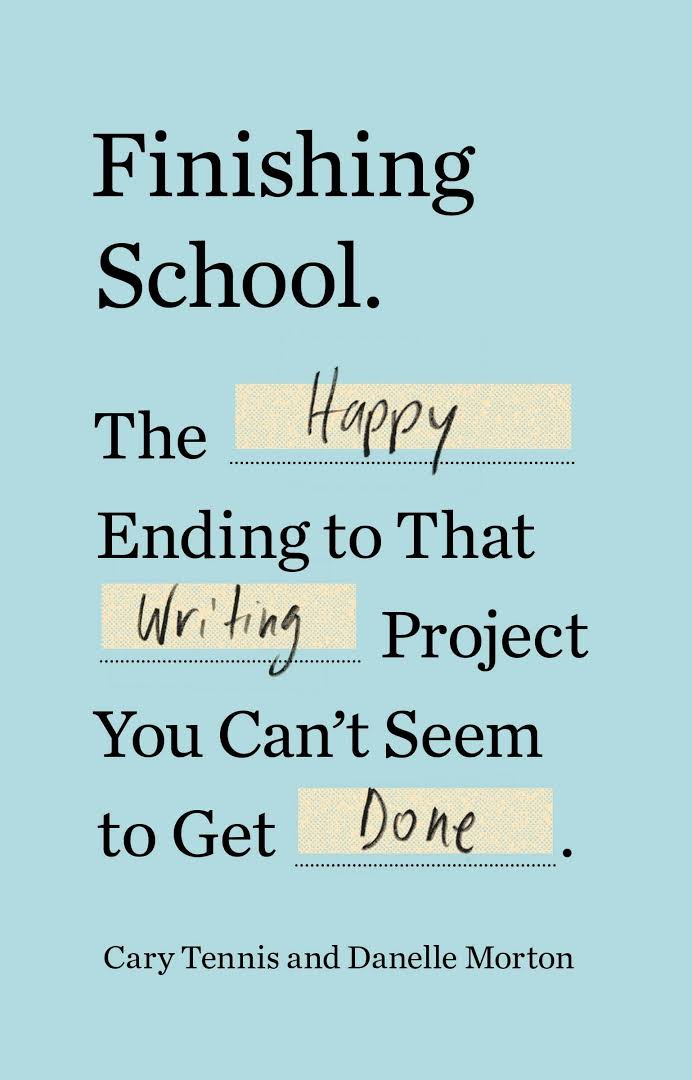 Briefly, Finishing School helps writers jump-start new projects and reinvigorate ongoing ones by breaking down big projects into manageable pieces, scheduling time slots to work, getting group support and partnering with a creative buddy to keep on track. Having seen how it works in our small Bay Area workshops, we wrote this book to bring this solution to a wider audience. Little did we realize we'd need it to finish our own book. But it worked! We're finished! And we're proud of what we've produced.
Briefly, Finishing School helps writers jump-start new projects and reinvigorate ongoing ones by breaking down big projects into manageable pieces, scheduling time slots to work, getting group support and partnering with a creative buddy to keep on track. Having seen how it works in our small Bay Area workshops, we wrote this book to bring this solution to a wider audience. Little did we realize we'd need it to finish our own book. But it worked! We're finished! And we're proud of what we've produced.


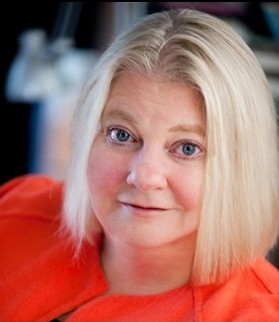
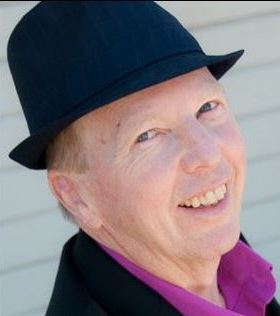

INGRAMPGWGRANTA.0509.W1.2025QUARTERLYNO3.jpg)
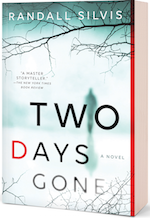



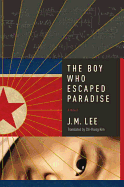
FACTSANDFABLES.0516.W1.FACTSANDFABLESPODCAST.jpg)
